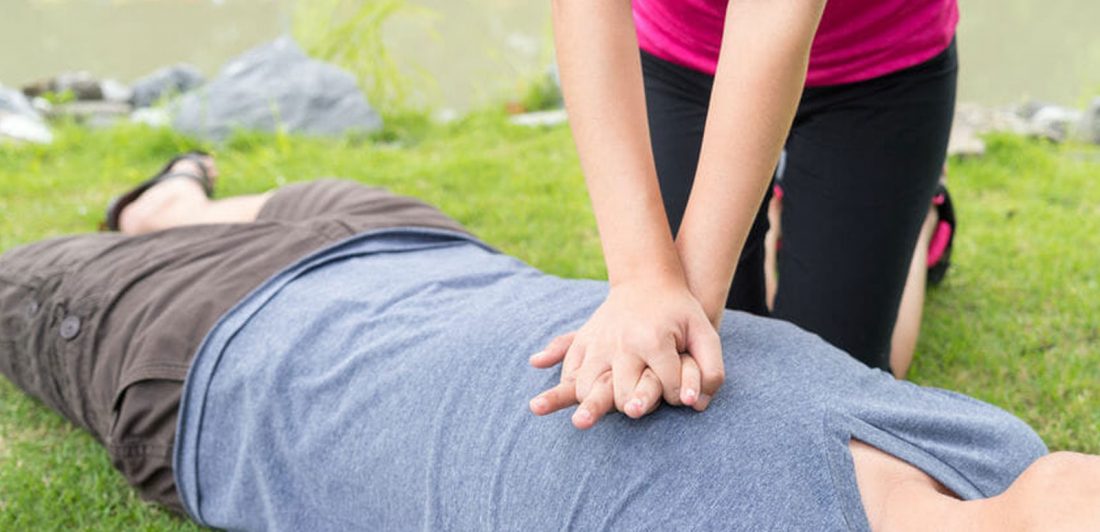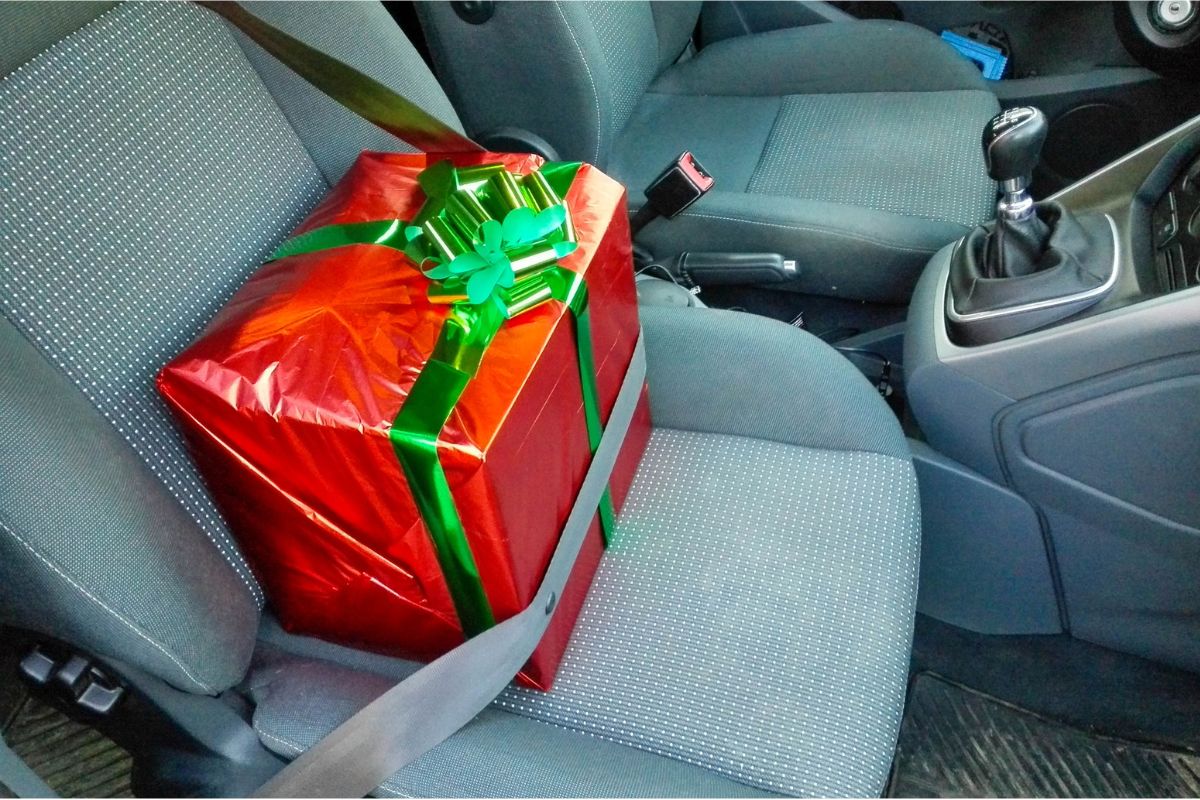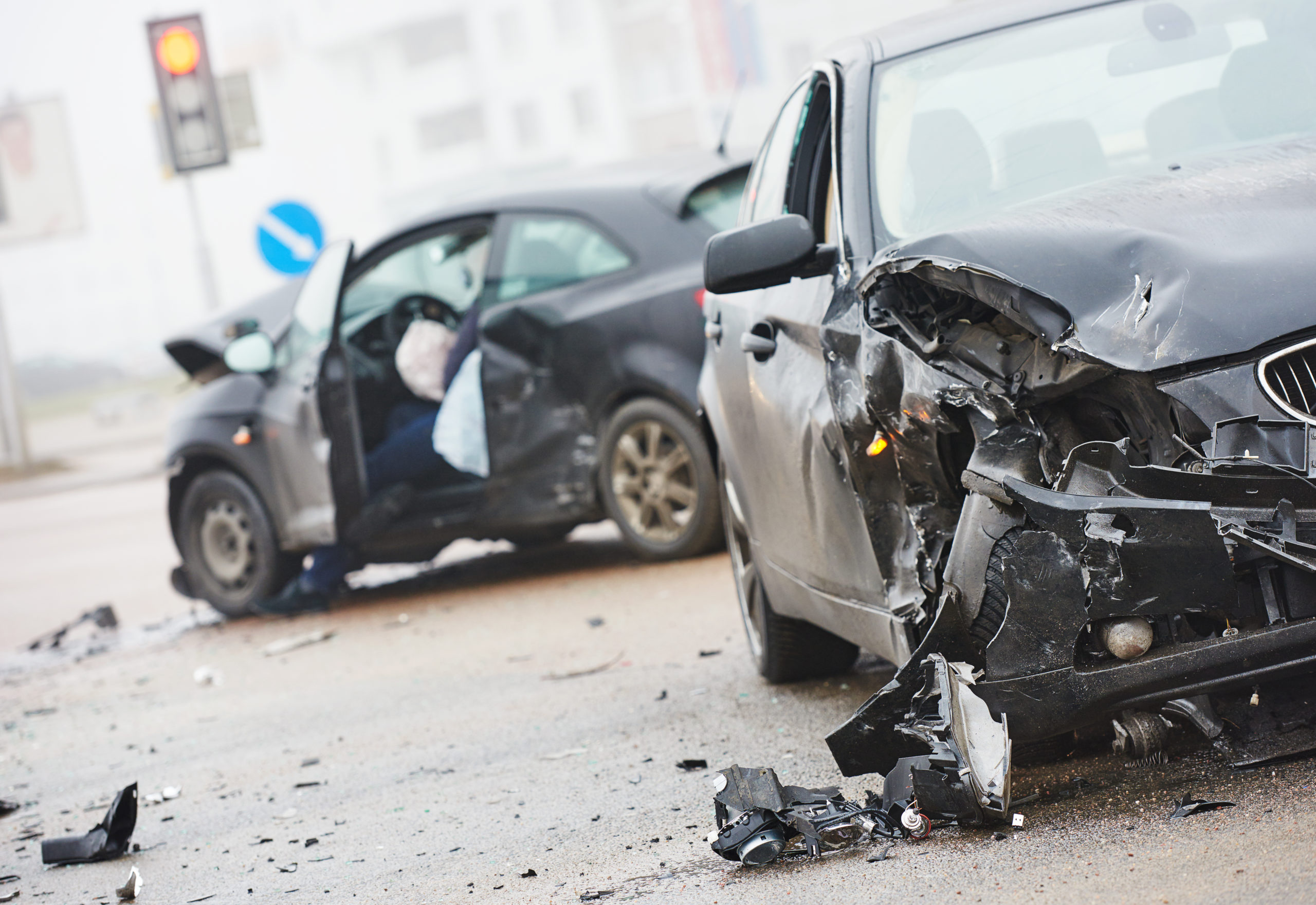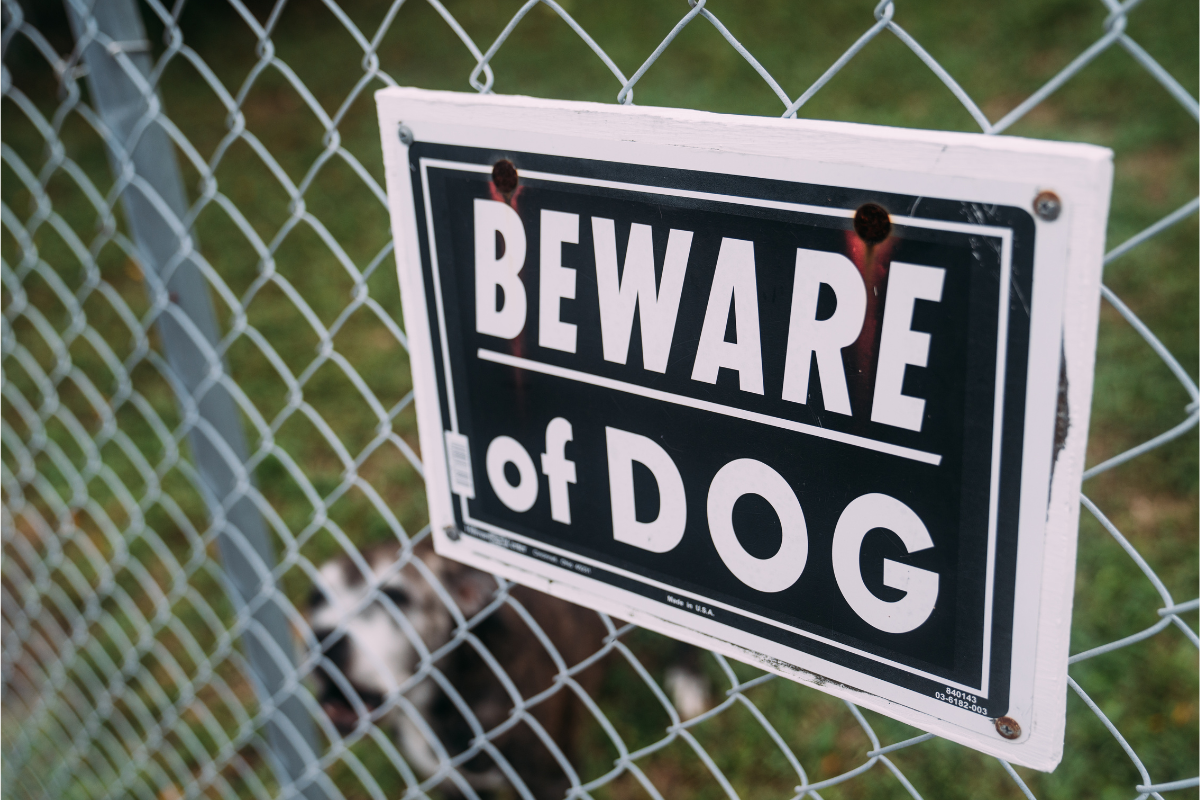It’s a beautiful summer day, and you are at the beach enjoying the sound of the crashing waves. Suddenly, your relaxing vacation turns into tragedy. A young man gets pulled ashore after struggling to keep afloat, and he isn’t breathing. Bystanders are just watching. Your instincts tell you to try to perform CPR, but you are fearful of what might happen if your good intentions don’t go as planned. Will you face liability?
In today’s legal world, the term “Good Samaritan” is used when a regular citizen comes to the aid of another person after an injury or during an emergency. Having knowledge about the Good Samaritan Law in this type of terrifying situation could play a significant factor in potentially saving someone’s life.
What is the Texas Good Samaritan Law?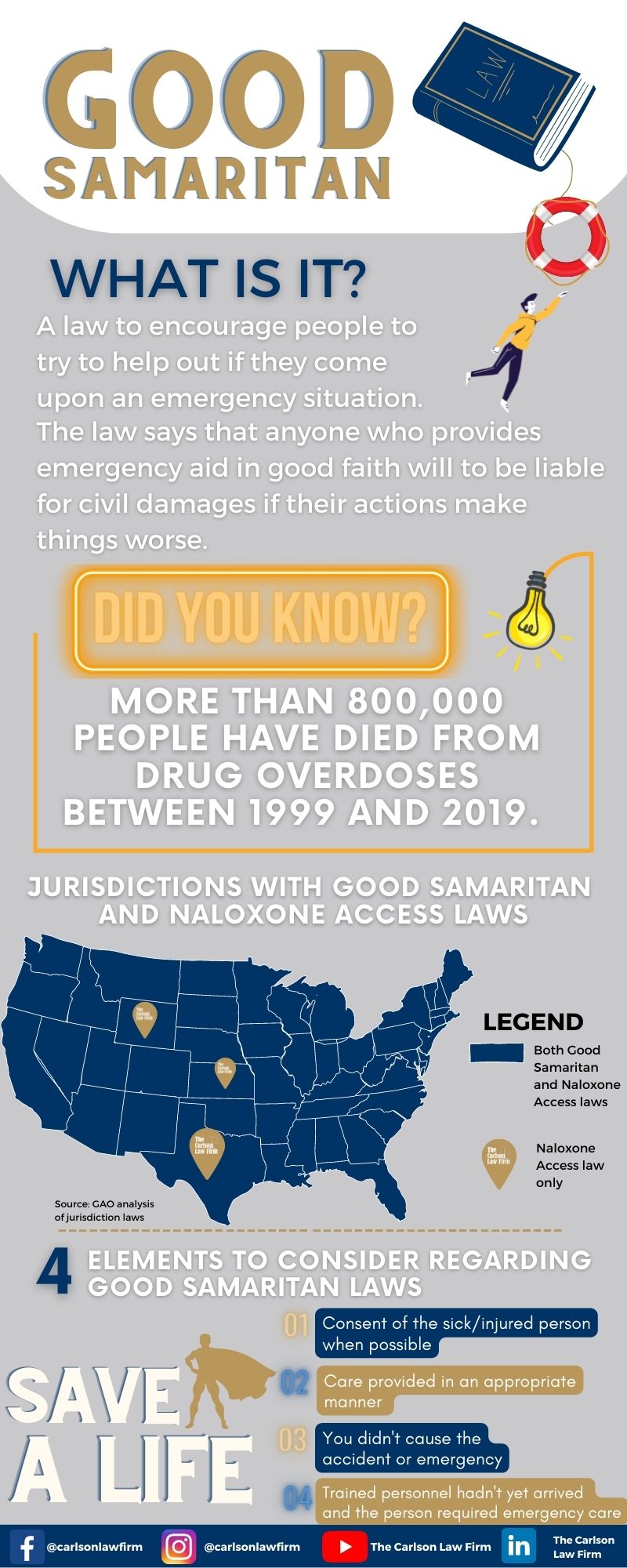
The Texas Good Samaritan Law states, “a person who in good faith administers emergency care is not liable in civil damages for an act performed during the emergency.” In a nutshell, this law protects those who act in good faith to help others from facing a lawsuit if something were to go wrong while rendering aid.
Texas wants to encourage bystanders at the scene of an emergency to render aid to someone in need without the fear of liability if things don’t turn out well for the victim. Some individuals who witness an emergency may hesitate to help because they question if they can be sued for any additional injuries. Unfortunately, without the Good Samaritan Law, fewer individuals would step in to help save a life.
For example, too often we hear the heartbreaking stories of children losing their lives because they are left in hot cars. Videos have surfaced of people standing by while the child is still trapped in the scorching hot vehicle waiting for emergency personnel to arrive. They are hesitant to break a window in an attempt to free the child because they fear a lawsuit. In these situations, minutes can be the difference between life and death.
Good Samaritan laws could also play a critical role in decreasing the number of fatalities on the roadways in the United States each year. According to data from The Texas Department of Transportation (TxDOT), fatal traffic collisions are on the rise, with the rate of fatal car accidents up 19% in 2020.
Examples of Good Samaritan Acts
The Good Samaritan Law protects interveners who act selflessly with good intentions to protect someone they perceive to be in danger. In general, the current Texas Good Samaritan laws will exempt those who acted in good faith of any financial liability for harm done. The following situations are examples:
- A bystander administers CPR on someone after a near-drowning incident but accidentally breaks a rib during the process.
- A witness pulls a car crash victim out of a burning vehicle but dislocates the victim's shoulder in the act.
- Someone walks by a vehicle and notices a baby suffering in a locked car on a hot day. They break the vehicle’s window to help the child in distress.
- A tow truck driver who transports a damaged vehicle from an accident site to a repair center.
What is the Good Samaritan Law in Texas regarding 911?
It is important to note that the Good Samaritan Law applies when calling 911. It is important to remain truthful and honest when speaking to 911 personnel. Civil liability applies when it is believed that an individual doesn't act in good faith, such as a fraudulent or misleading call to 911.
Are there any exceptions to the Texas Good Samaritan Law?
Although the Texas Good Samaritan Law is meant to protect individuals who rendered aid during an emergency from civil liability, there are exceptions to the rule.
The following are not protected by the law:
- Anyone who causes harm through purposeful acts or wanton negligence.
- Professionals who help with an expectation of payment for their services.
- Anyone who was at the scene of an emergency because they were soliciting business or a type of service.
- Anyone who regularly administers care, such as individuals working in a hospital or ER.
- The individual whose actions caused the injuries, such as a drunk driver who offers emergency help to the crash victim.
How to protect yourself when aiding someone in an emergency situation
Any bystander can step in and act as a Good Samaritan, with or without training. But nobody wants to face a lawsuit when they were only trying to help. With this in mind, there are four elements to keep in mind regarding Good Samaritan laws:
- Consent of the sick/injured person when possible
- Care provided in an appropriate manner (not reckless)
- The person covered by Good Samaritan laws didn't cause the accident
- Trained personnel hadn't yet arrived and the person required emergency care.
In addition to the previous elements, taking a First Aid, CPR, and AED class will strengthen your ability to properly administer basic emergency services. Not only will you gain the confidence to help save a life, but you can also prevent injuries from worsening before emergency personnel arrives.
Reasonable standards
When it comes to facing liability, any actions a caregiver takes are judged against the reasonable person standard. In other words, what would a reasonable person do if they were in the same circumstances?
This means that if the actions the Good Samaritan took were within what the judge or jury in a civil trial considers reasonable person behavior, he or she will usually be protected. On the other hand, if the Good Samaritan makes outrageous mistakes, known as gross negligence, and harms the patient, he or she may be held liable.
The Carlson Law Firm Cares About Saving Lives
Texas Good Samaritan Laws protect good people doing good things. If you witness a negligent act such as a car crash, it's OK to help injured parties.
Encourage the injured party to seek a good lawyer who cares and can help. In addition, contact us today to discuss your accident case with a personal injury attorney. Your lawyer can help you overcome any legal challenge you may face due to the Good Samaritan Law.

